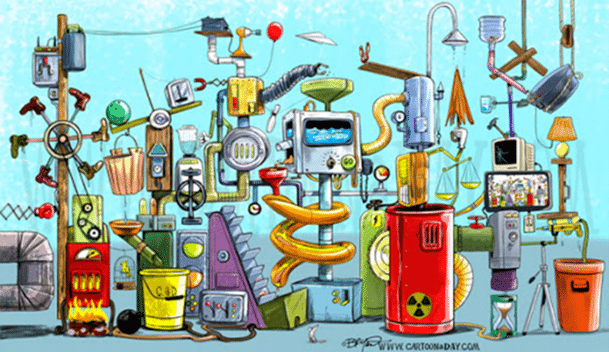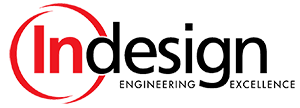
Creating and sustaining a healthy working culture and team cannot be over-emphasized. During my career, I’ve worked in both healthy and unhealthy environments with highly-functional and dysfunctional team members. Having a vibrant work setting makes all the difference to not only the success of the project but also the personal satisfaction of doing the work. Here are some of the elements that we at Indesign, LLC have implemented and that help create a vigorous place to work.
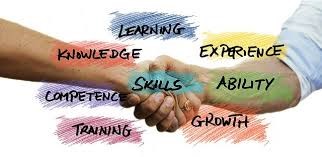
Team
Don’t shortcut the forming and storming phases of team formation. Whenever a new group of people comes together it takes time to build trust and become comfortable with each other. This process cannot be forced but it can be setup to be highly productive and expedited by having a set of common operating expectations in place. We have a set of common company values know as TIRE which stands for Teamwork, Integrity, Respect, and Excellence. These values set a clear direction for the employees so everyone knows if they are aligned according to these ideologies. Ultimately, it’s important for team members to support one another. To provide this support, trust is a must and will take a period of time to be earned.
Set people up to succeed. Listen to their input regarding the effort needed to complete the work. If it sounds excessive, then challenge it and jointly decide on how much time should be allotted. Moreover, push decision making authority down to the lowest level possible. By setting clear expectations and direction, the team leader empowers the team members to make informed decisions and take appropriate actions. When less than optimal choices are made, don’t blame and criticize, instead, coach the person in critical thinking skills so they’ll know better options the next time.
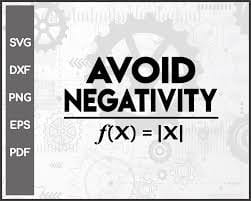
Likewise effective resource management (I prefer the term asset management) must exist within the organization. It’s unfair to a team member to be overloaded with too many tasks because eventually, they will fail at something. Therefore, it’s up to the resource managers (at Indesign, we use the term coaches) and project managers to monitor work assignments with the objective to keep loads balanced. Furthermore, matrixed organizations need to be very cautious not to put a person in a situation where they are overloaded. Functional management and project management must collaborate with one another to provide consistent, non-contradictory direction to the people assigned to the project teams.
As a team leader, check your ego at the door and let the most suitable person on the team lead where appropriate. For example, if one of the team members is more knowledgeable on a given technical topic let them be the one to present the information to senior leadership or project stakeholders. This allows others to build their leadership muscles, gives you a chance to sit back and learn, as well as provides a space for the best ideas and actions to occur. In addition, always be receptive to others’ input, others may be able to offer a better method or solution so it’s imperative to listen.
Teamwork is at the heart of getting things done so take time to periodically assess the health of the team. Be attentive to moods, facial expressions, and general behaviors of the team. It will become apparent when intervention is needed if you take time to observe. Investing in the people and the team creates a healthy environment and yields both short-term and long-term benefits. Vibrant organizations realize this fact and focus time, money, and energy on developing teams.
Reviews
Taking time to perform structured reviews is well worth the time investment and will yield dividends in time-saving since issues can be located and corrected before they are realized. Reviews allow members within the team, as well as outside the team, to scrutinize a specific element of a design to ensure that it has accounted for all the requirements, that it will perform the desired functionality, and that it is robust. To be effective, reviews should be held at key points in the project such as after the requirements have been defined, at architecture completion, and once the first design has been generated.
A fresh set of eyes is beneficial in a review because they can uncover blind spots. For technical reviews, it’s recommended that people outside the design team be part of the review. These outside reviewers should have technical backgrounds but may not be previously exposed to the project or the product being reviewed.
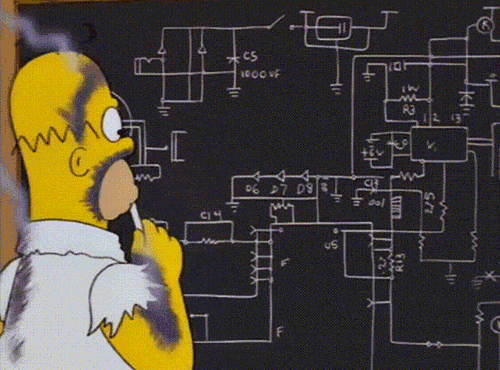
Don’t assume that the decision-makers for a project have read and processed information provided to them! Although this might sound absurd, it happens. If it’s critical to the success of the project, schedule a walk-thru review with the decision-makers to ensure they understand the materials and that they are in agreement with the direction being taken. By conducting these discussions, it helps ensure alignment and minimizes unpleasant surprises.
Once testing results have been obtained, it’s valuable to review this data quickly. During preliminary testing, it’s likely that some negative results will surface therefore it’s helpful to know about these outcomes as soon as possible so that corrective actions can be taken. The 1-10-100 rule applies throughout the life of the project which means that catching issues early is much less costly than discovering them later. Consequently, this is the rationale for conducting reviews early and often.
In Conclusion
New product development is exciting and exhilarating; however, it is filled with challenges. One way to reduce the risk is to look back at experiences from previous projects and learn from them so that the same mishaps are not repeated.
Many of the learnings discussed may appear as common sense, and that is the first lesson; common sense is not always so common! Consequently, it’s sometimes valuable to take a moment and reflect on the reflections.
One of the enjoyable aspects about being part of the Indesign team is the good fortune to work with engineers that have been doing development for many years and have accumulated lessons learned wisdom over that time. As an established team, we strive to pass these learnings to the freshly minted engineering graduates who continue to grow our team. Of course, these younger engineers add to the learning process by bringing fresh ideas and ways of solving complex problems thus continually expanding our knowledge base.
Product development is a dance you learn as you go. If your team is in need of support for your product development or needs assistance to overcome a technical obstacle, please contact us at (317) 377-5450. We’re always glad to work with clients to help them achieve their goals and avoid creating designs that look like the image below.
